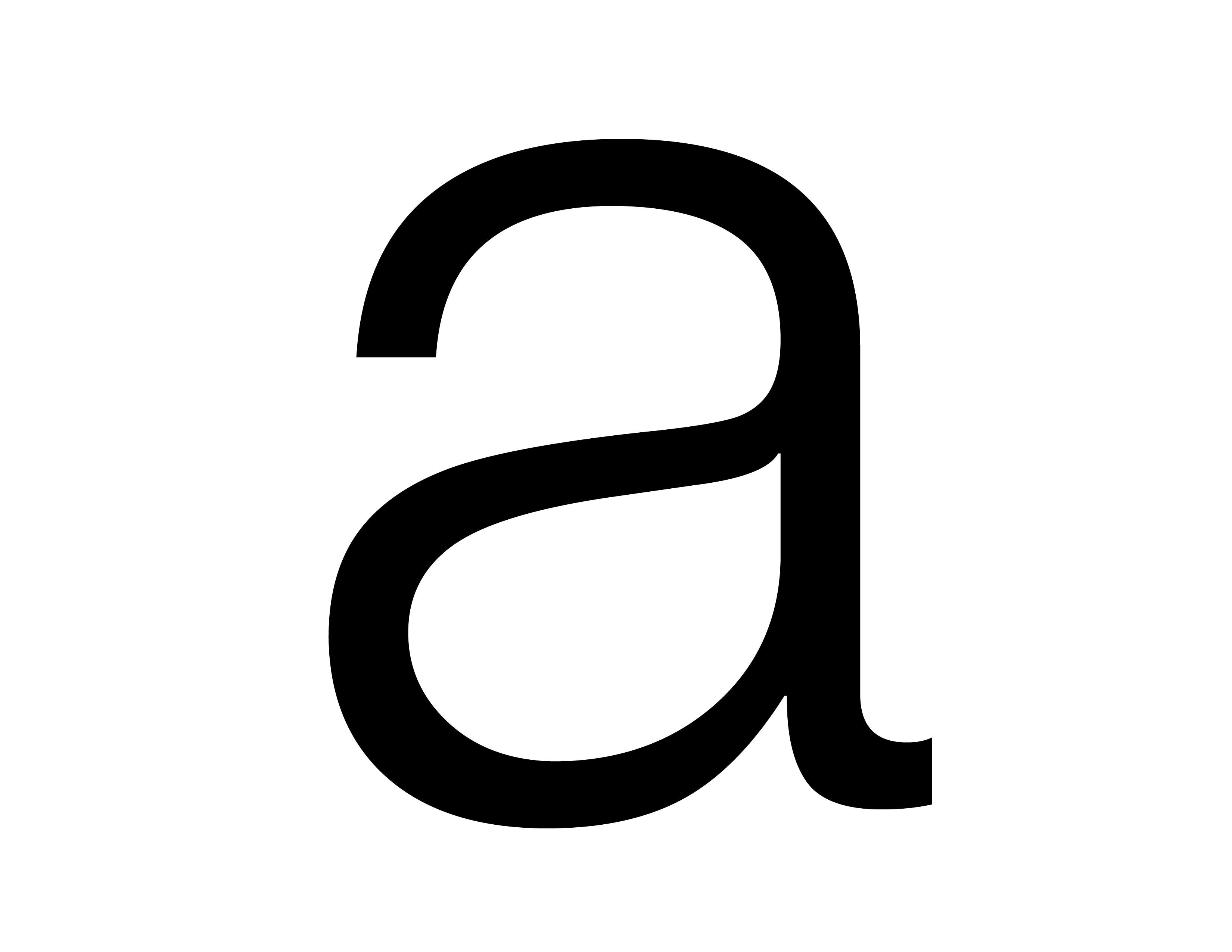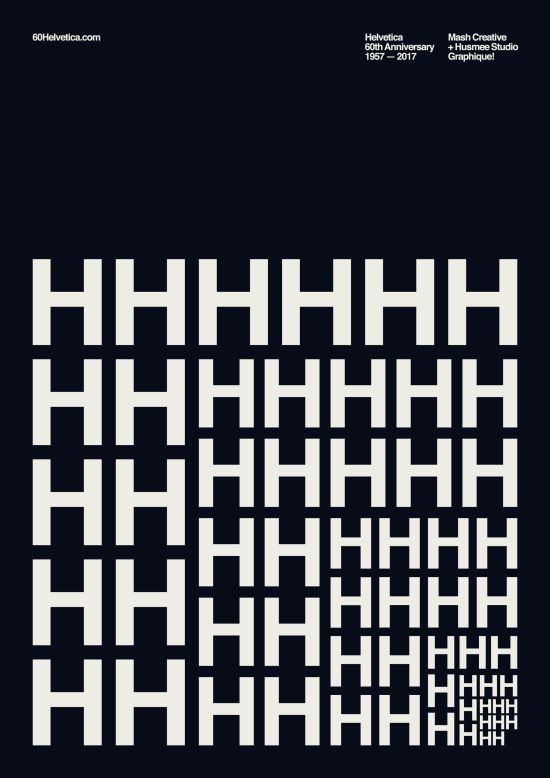the right name.
It started its life as “Neue Haas Grotesk,” a boringly descriptive moniker which included the name of its maker (the Haas foundry), its design type (neo-grotesque or realist) and the fact that is was new (or “neue” in German).
The name Helvetica, which means “Swiss” in Latin as a homage to its country of origin, was adopted in 1960 to make it easier to sell it abroad.
And so it did: “Helvetica gets its first kick because the Germans come up with a great name and make it available in the two mechanisms of the day, machines and foundry type, so that anybody could buy it.”


